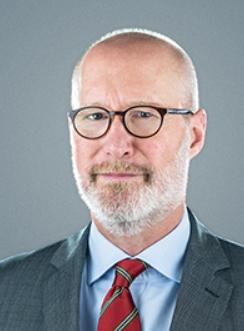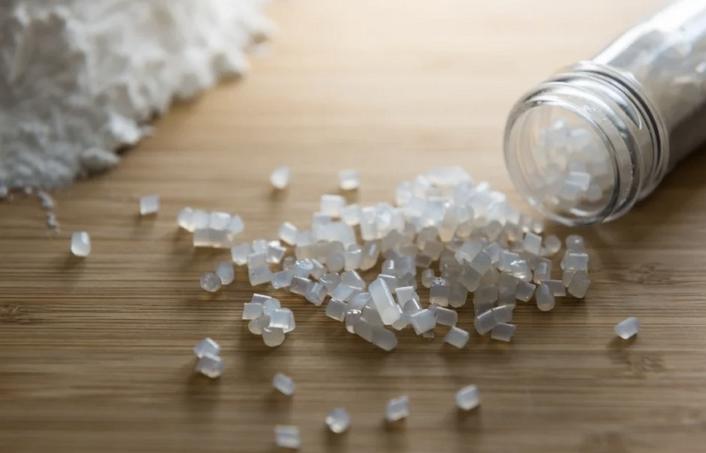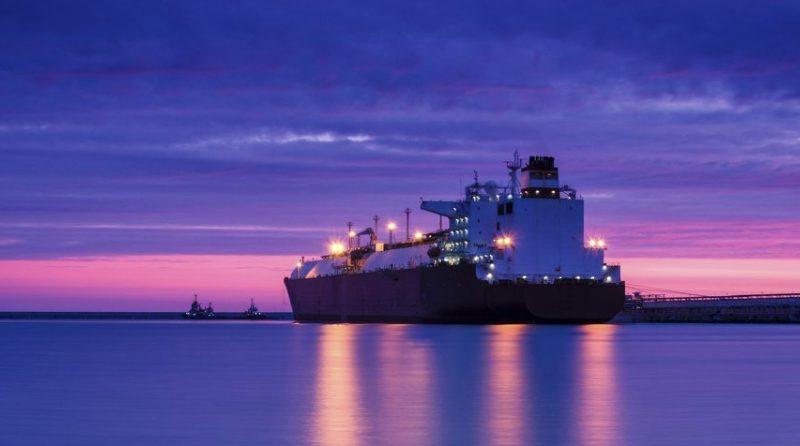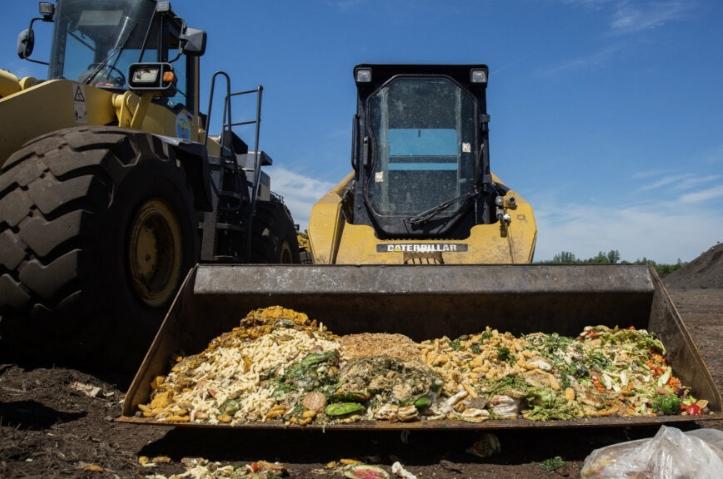As global discussions lean towards finding sustainable alternatives to traditional packaging materials, bioplastics have emerged as a potential solution. On the eve of the Sustainable Packaging Summit, we are publishing an interview with Hasso von Pogrell, Managing Director of European Bi Plastics, to gather actuale insights.
Let’s start with the basics. Why should we look into renewable materials for packaging?

Hasso: The drive behind the EU Green Deal is to rid the planet of fossil dependency, and it begins with embracing renewables. This extends to the plastics industry and energy sectors, among others. Bioplastics — those that are biobased, biodegradable, and compostable — play a key role in pushing Europe towards carbon neutrality. They serve as carbon sinks and simultaneously cut down our reliance on limited fossil resources. Think of compostable plastics derived from renewable sources as a bridge: they not only close the material loop but also the carbon loop, while also nourishing the soil by reverting biowaste back as high-quality compost.
Which types of bioplastics could make a real difference in packaging?
Hasso: Every biobased plastic contributes to the goal of climate neutrality. They capture CO2 and reduce our dependence on fossil materials. Wherever we need new virgin materials, they ideally should be biobased. It’s about matching the right bioplastic with the right application, and trust me, there’s a biobased alternative for each fossil-based application out there. Moreover, biodegradable polymers that turn into compostable packaging options offer value through organic recycling, like industrial composting. Those certified under the European standard EN 13432 play an integral part in maintaining resource circularity.
And where do you see the largest potential for these applications?
Hasso: If we set the right legal frameworks, we can witness a shift from fossil-based to biobased packaging. For solid packaging needs, biobased non-compostable packaging that can be recycled is the way forward. But for packaging exposed to food residue, like coffee capsules or fruit bags, compostable solutions should take precedence.
Are there any scenarios where you think traditional plastics are still indispensable?
Hasso: Realistically, while every fossil-based plastic has a bioplastic counterpart, the current market share of bioplastics isn’t large enough to entirely replace traditional plastics. Ideally, we’d operate without depleting finite resources. But we might remain reliant on fossil-based plastics for a while unless we get supportive legislative backing to expand bioplastics.
What are the primary challenges the bioplastics sector anticipates, especially with the upcoming European Bioplastics Conference?
Hasso: The PPWR has been a significant topic across Europe for over a year now. Addressing its implications within the bioplastics regulatory framework will be one of our key focuses at the conference. We’re also set to unveil our 2023 data market report, highlighting production numbers for the year. These insights will offer comparisons between capacity and actual bioplastics production, leading to some compelling discussions. We’ll further delve into product certifications, environmental impacts, and the potential future of bioplastics in a circular economy.
Lastly, any specific message you want to share at the Sustainable Packaging Summit?
Hasso: At European Bioplastics, we’re firm believers in the EU Green Deal vision. For true sustainability, we must transition all materials and processes to circular models. This ensures that carbon remains in the cycle, adhering to European waste priorities, with emphasis on reduction, reuse, and recycling. Bioplastics are central to this change — biobased plastics capture and store carbon, while compostable plastics enhance organic recycling, setting the stage for a greener future.



